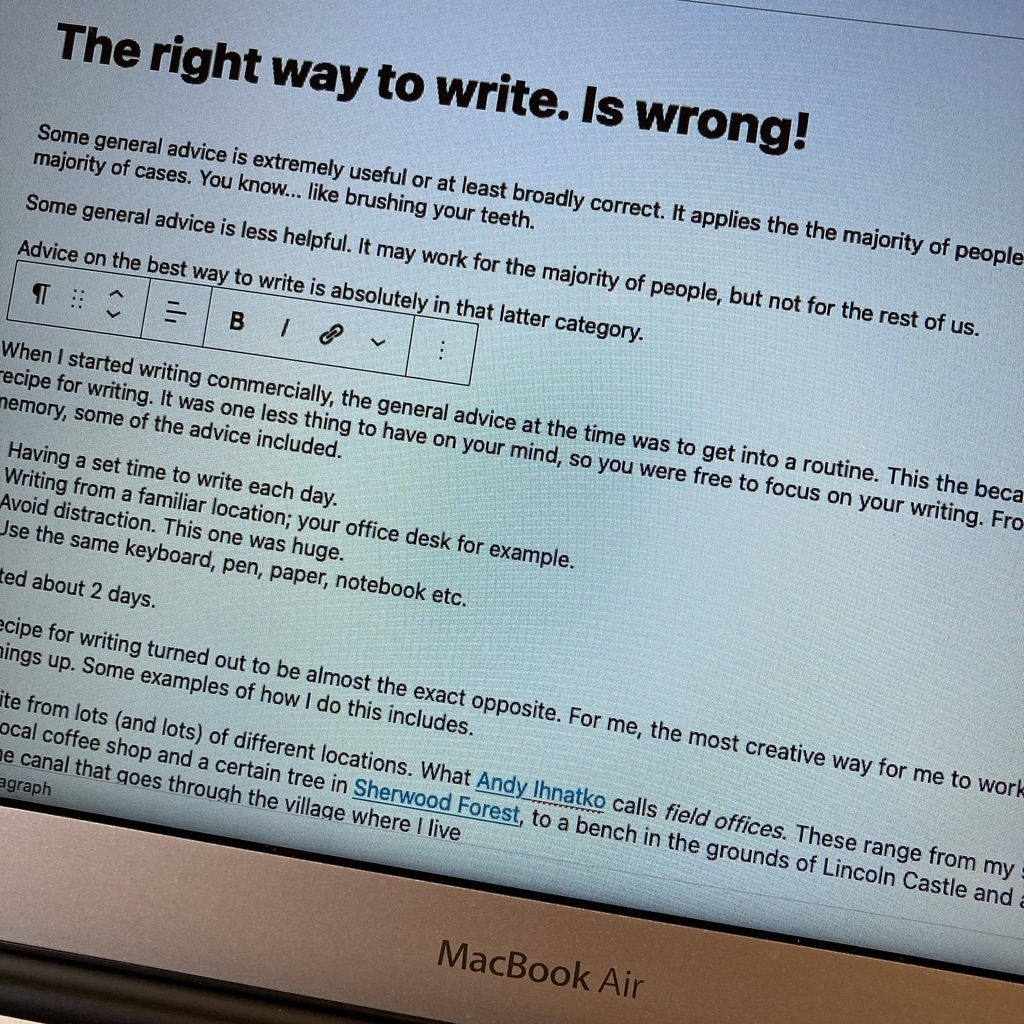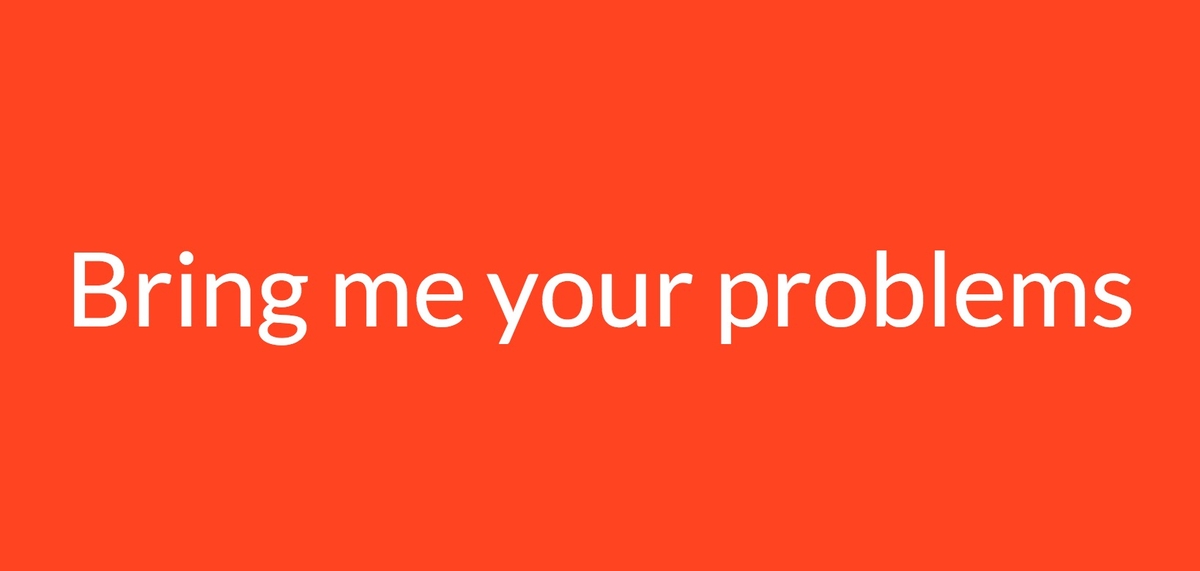
Image: Shutterstock.
One of the greatest barriers to business success, are our undiscovered mistakes. I’m referring to those errors we make, without even knowing it.
Undiscovered mistakes are especially dangerous. That’s because we don’t know we’re making them, so we’re likely to inadvertently repeat them. Again and again.
How do we stop these mistakes from happening to us?
My mentor’s advice to me
Here’s something one of my mentors shared with me over 25 years ago. It’s simple and quite brilliant.
- He told me to undertake a review, every time something of any importance goes wrong. Today we’d call this ‘unpacking the problem’.
- He advised me to do this in as much detail as possible, and as soon after the mistake has been spotted as possible, and that it was essential to do it in writing.
- By unpacking the problem soon after noticing it, we can still remember it clearly. So we’re less likely to miss anything. Usually, it’s a small or minor-looking detail that’s causing the mistake.
- IMPORTANT: Often, the minor detail is something we’re missing or doing incorrectly in multiple activities or strategies. Identifying it in ONE mistake, can dramatically improve our business results, when we eliminate it from all future activities and strategies.
- By writing it down (especially on paper), rather than thinking it over exclusively in our head, we put space between us… and the problem.
- He explained that the space between us and the problem, is where answers are born. This last step sounds almost poetic. However, it’s exactly what I’ve found happens. By looking at the problem on paper, and thinking it through in my mind, that space in-between is like fertile soil from which answers sprout up.
I have no idea as to exactly how this strategy works. I only know it does, and with surprising frequency. That’s to say, it’s worked for me again and again over the past 25 years. And I’ve literally lost count of how many others I have shared the idea with, who have seen equally good, or better, results from it.
Give it a try the next time something meaningful goes wrong. You have nothing to lose from the additional clarity the strategy will bring. And you could find it saves you a fortune… or helps you make a fortune.
Either way, it’s certainly worth trying.




















